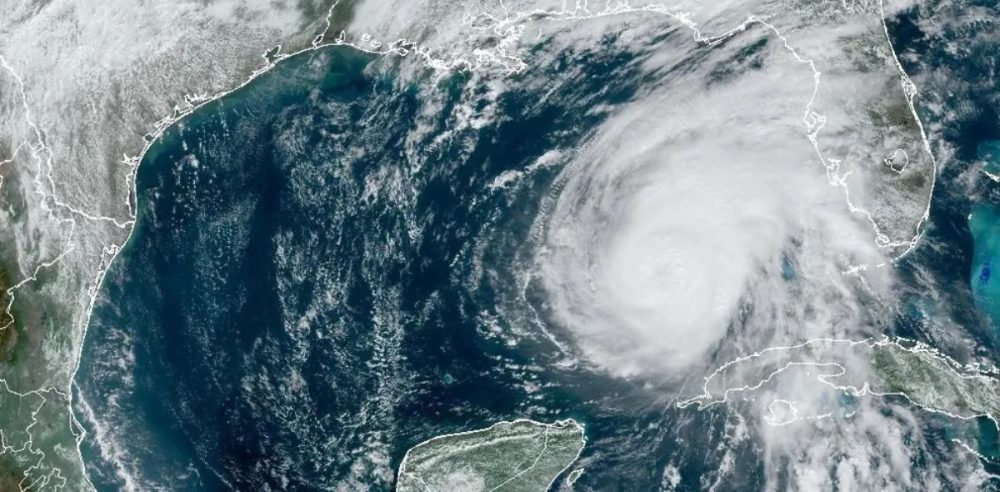Hurricane Rafael made landfall in Cuba Wednesday afternoon as a Category 3 storm, knocking out the country’s entire electrical grid and leaving its 10 million residents without power.
The small island nation was still recovering from a previous power grid collapse that occurred when Hurricane Oscar struck on October 18. Since then, the country has experienced multiple power outages, sparking small protests and shutting down schools, businesses, and government services.
After making landfall at about 4:15 on November 6, Hurricane Rafael weakened to a Category 2 storm as it blew over the Caribbean island and westward into the Gulf of Mexico, with maximum sustained winds of 105 mph.
According to the National Hurricane Center, the western part of Cuba experienced a “life-threatening storm surge” and flash flooding, while mudslides were reported in the mountainous regions.
Where the storm will head next is unknown.
Some meteorological “spaghetti” models show the storm turning southward toward Mexico, while others show it turning northward toward Louisiana or the Florida Panhandle. One model shows that the storm could make a U-turn and head for Central Florida, while several others depict the storm meandering around the Gulf before fizzling.
“There remains above average uncertainty in the future track of Rafael, and additional adjustments to subsequent track forecasts are likely,” the National Hurricane Center wrote in a forecast discussion.
As of Thursday afternoon, the storm was rated as a Category 2 and traveling northwest across the Gulf at about 9 mph. It is expected to remain slow-moving and pose little to no threat to land, NBC 5 DFW reported.


